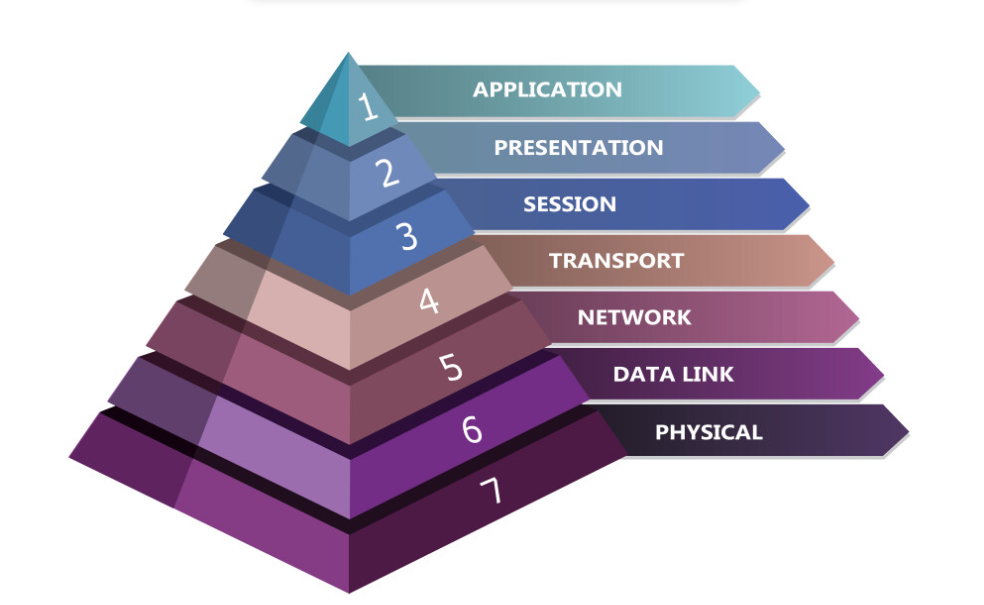OSI Fundamentals

OSI Fundamentals (https://www.youtube.com/watch?v=0aGqGKrRE0g)
Our friends over at Practical Networking (https://www.practicalnetworking.net/) have graciously allowed us to reshare this video to our community (a big shout out and thank you to Ed) which does a wonderful job of explaining the OSI model.
So what is the OSI model anyways? The OSI (Open Systems Interconnection) model is a framework used to understand and standardize the functions of a networking system. It divides the networking process into seven distinct layers, each with specific responsibilities. Here’s a brief overview of each layer from top to bottom:
- Application Layer: This is the layer closest to the end user. It provides network services directly to applications, such as email, file transfer, and web browsing. Common protocols at this layer include HTTP, FTP, and SMTP.
- Presentation Layer: This layer is responsible for translating data between the application layer and the lower layers. It handles data formatting, encryption, and compression, ensuring that data is presented in a readable format for the application layer.
- Session Layer: This layer manages sessions or connections between applications. It is responsible for establishing, maintaining, and terminating communication sessions, and ensures that data is properly synchronized.
- Transport Layer: This layer is responsible for end-to-end communication and data flow control. It ensures complete data transfer and error recovery. Protocols such as TCP (Transmission Control Protocol) and UDP (User Datagram Protocol) operate at this layer.
- Network Layer: This layer handles the routing and forwarding of data packets between devices across different networks. It is responsible for logical addressing and path determination. The Internet Protocol (IP) is a key protocol at this layer.
- Data Link Layer: This layer provides node-to-node data transfer and handles error detection and correction from the physical layer. It ensures that data frames are correctly transmitted over the network. Protocols such as Ethernet and PPP (Point-to-Point Protocol) operate here.
- Physical Layer: This is the lowest layer and deals with the physical connection between devices. It includes the hardware components like cables, switches, and the electrical signals used for transmission.
The OSI model helps standardize network functions, making it easier to design and troubleshoot network systems by breaking down complex processes into manageable layers.
Check out the video and other videos from Practical Networking. If you like the video be sure to give it a Like as that helps Practical Networking to continue to deliver great content.
